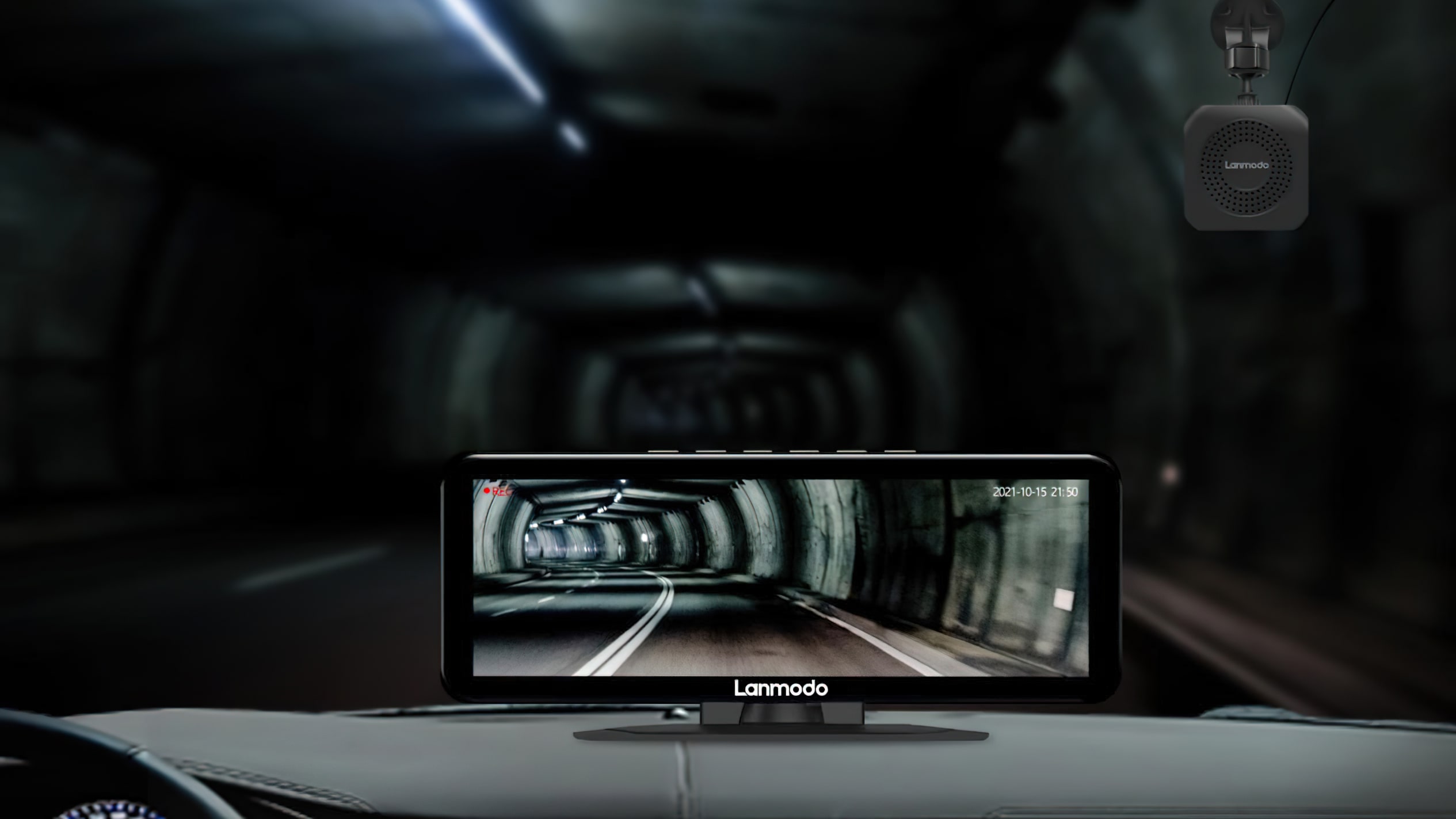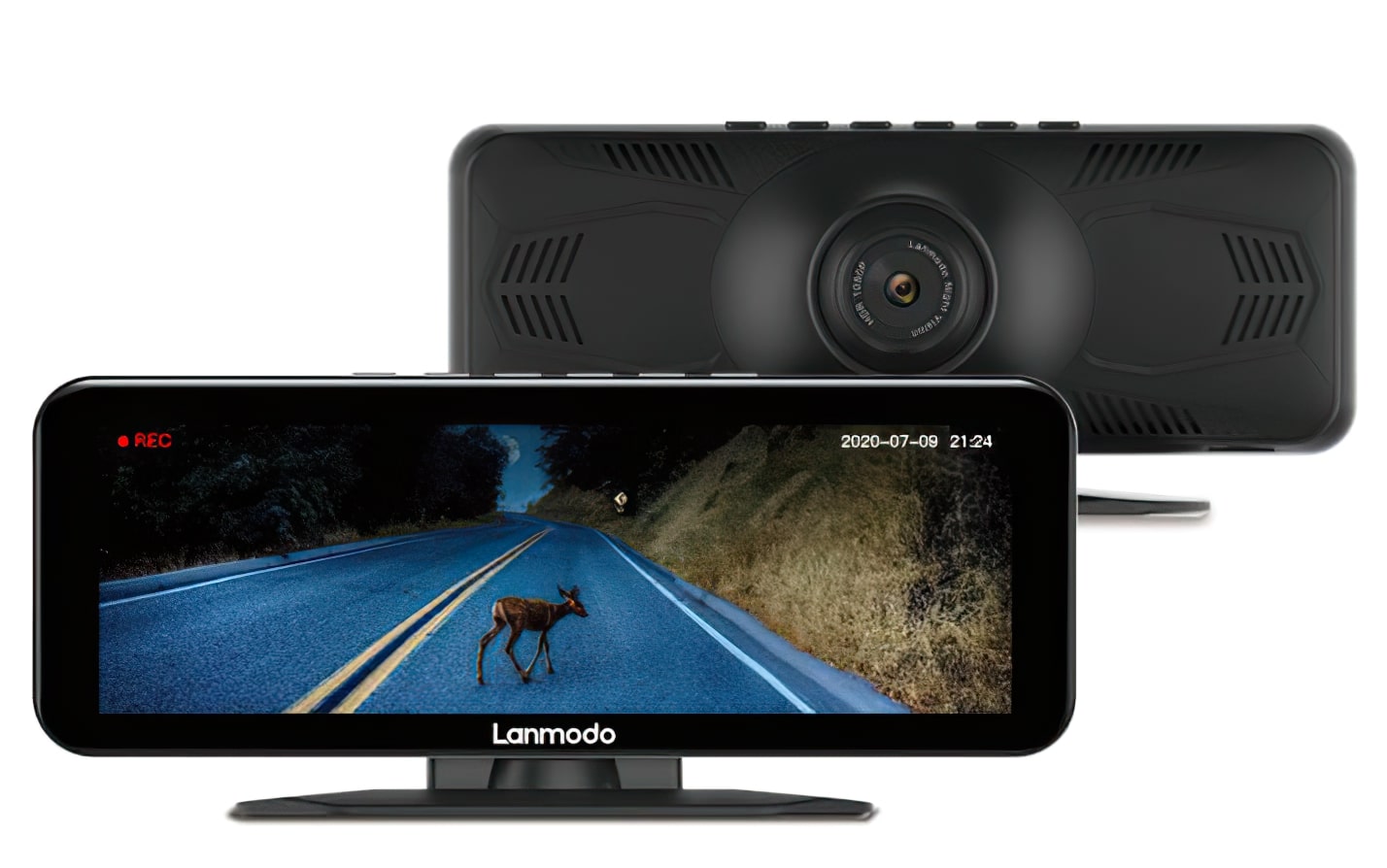AMD‘s new Navi GPUs are finally almost upon us. Unveiled at AMD’s E3 2019 Next Horizon Gaming occasion and launching on July 7, the primary two Navi graphics cards occurring sale would be the RX 5700 and RX 5700 XT, that are AMD’s solutions to Nvidia’s RTX 2060 and RTX 2070 playing cards respectively. Based on AMD’s all-new 7nm (nanometer) structure often called RDNA (or Radeon DNA), these two Navi GPUs may simply be the factor to place AMD again within the best graphics card game. Here’s every part we all know up to now about their value, specs and efficiency.
AMD Navi: what’s it?
Navi is the title of AMD’s new household of Radeon RX 5000 graphics playing cards. Set to interchange AMD’s present Radeon RX Vega playing cards (however not the Radeon 7, which is able to proceed to co-exist with the brand new Navi GPUs, in accordance with AMD’s most up-to-date roadmap), Navi will use a 7nm manufacturing course of, in addition to a brand-new GPU structure often called RDNA, or Radeon DNA, which has been constructed from the bottom as much as make Navi extra environment friendly (and due to this fact highly effective) than AMD’s current-gen graphics playing cards.
RDNA sounds prefer it’s going to be fairly the step up from AMD’s earlier GCN structure. It not solely has a model new compute unit design that’s centered on effectivity and doing tons and plenty of issues concurrently whereas maintaining energy and latency good and low, but it surely additionally has a brand new, streamlined graphics engine that ties every part collectively, providing efficiency speeds which might be 1.5x or increased per watt in comparison with AMD’s current Vega GPUs.
AMD Navi launch date
After a heck of an extended wait, the primary two AMD Navi GPUs will arrive on July 7 2019. The RX 5700 and RX 5700 XT will each launch on the identical day, and sure, 7/7 is a really apt date given their 7nm manufacturing course of.
It’s actually been a very long time coming, as there was as soon as a time when Navi was alleged to arrive by the top of 2018. But then the 14nm model of Vega bought pushed again (the Vega 56 and 64), which in flip bumped again the 7nm model of Vega. The latter lastly got here out earlier this yr within the type of the Radeon 7, but it surely additionally means this continuous shuffling again of launch dates additionally induced additional delays to the launch of AMD’s 7nm Navi GPUs.
Finally, although, we’ve a date, and it’s coming very, very quickly.
AMD Navi value
The subsequent query, although, is how a lot are the RX 5700 and RX 5700 XT going to value? Well, as confirmed throughout AMD’s E3 press convention, the RX 5700 XT will launch at a aggressive $449 (UK pricing TBC), whereas the common RX 5700 will value $379. The latter isn’t fairly as little as I hoped given yow will discover loads of Nvidia RTX 2060 playing cards for $349 lately, however AMD’s argument a minimum of is that its supposedly superior efficiency will assist make it price the additional expense.
Speaking of which…
AMD Navi specs
Let’s discuss specs. You can see all of the finer particulars within the photos under, however arguably one of many greatest surprises in regards to the RX 5700 and RX 5700 XT Navi playing cards is the kind of reminiscence they use. Whereas earlier high-end AMD graphics playing cards have tended to favour HBM2 (or 2nd Gen High Bandwidth Memory), each the RX 5700 and RX 5700 XT will include 8GB of GDDR6 reminiscence – the identical sort of reminiscence present in the entire Nvidia RTX graphics playing cards. What’s extra, the RX 5700 could have 2GB extra of the stuff than Nvidia’s RTX 2060, which solely comes with 6GB of GDDR6.

There will even be a particular gold 50th Anniversary Edition of the RX 5700 XT with base, game and increase clock speeds of 1680MHz, 1830MHz and 1980MHz costing $499.
AMD have additionally listed a ‘game clock’ of their RX 5700 and RX 5700 XT spec sheets, which is a brand new time period they’re utilizing to confer with the type of common clock pace you’ll see when enjoying games. Of course, this stuff fluctuate everywhere relying on the game and the depth of what’s taking place onscreen, however contemplating the utmost increase clock speeds for Nvidia’s RTX 2070 and RTX 2060 Founders Edition playing cards solely attain as excessive as 1710Hz and 1680MHz respectively, it seems like each of AMD’s playing cards are going to be simply that little bit sooner total.
They’re going to be the world’s first gaming GPUs to assist the tremendous quick PCIe 4.0 commonplace as nicely, which massively will increase the quantity of bandwidth accessible to your graphics card out of your motherboard. You’ll want a PCIe 4.Zero motherboard to reap the benefits of it, in fact, however it should possible be the one method to take advantage of what AMD’s providing with their new Navi GPUs.
One factor AMD hasn’t talked about up to now, although, is whether or not their new RX 5700 and RX 5700 XT Navi GPUs will assist ray tracing – the flamboyant new lighting tech that’s at present one of many huge promoting factors of Nvidia’s RTX household of graphics playing cards, in addition to the AMD Navi-powered PS5 and Microsoft’s Project Scarlett. I need to admit, I used to be stunned AMD didn’t point out it of their E3 Next Horizon Gaming occasion, however I’ll be placing the query to them subsequent week after I go and check out the RX 5700 and RX 5700 XT in individual. After all, why else would they tease us with an Radeon RX Vega 56-powered ray tracing demo again at GDC? It’s nonetheless attainable, in fact, that ray tracing will simply be a novel property of AMD’s customized Navi chips for the subsequent gen console containers, however when everybody and their canine are barking about ray tracing this and ray tracing that lately, I’d be astonished if the RX 5700 and RX 5700 XT gave it a miss solely.
Instead, the one particular options we do learn about are AMD’s Fidelity FX and Radeon Anti-Lag. The former is an open-source toolkit designed to make low-contrast areas of a game look simply that teensy bit sharper with out taking a knock on efficiency (as demonstrated by the Borderlands three instance under), whereas the latter is supposed to chop down the quantity of lag there may be between you clicking your mouse and the motion showing onscreen.
Arguably, neither function is sort of as immediately attractive as ‘Hey, look at all these incredible new lighting effects!’ however for aggressive, esports-y sorts, AMD’s Radeon Anti-Lag may very well be fairly engaging. In AMD’s E3 presentation, they claimed the RTX 2070’s enter lag was round 59ms, whereas the RX 5700 XT got here in slightly below it at round 56ms. That’s undoubtedly not one thing you’re going to note in on a regular basis use, however allow AMD’s Radeon Anti-Lag and that determine drops to round 44ms, which AMD claims will provide you with an additional body and a half of efficiency again. Again, us plebs with regular human reflexes in all probability gained’t discover this within the slightest, however in the event you’re a twitchy shooter fan who lives, breathes and eats minuscule body charges for dinner, then Navi may simply be capable of provide you with that aggressive edge towards Nvidia gamers.
Here’s a graph displaying the type of click-to-response time speeds you’ll be able to anticipate with the RX 5700 XT each with and with out Radeon Anti-Lag enabled:
AMD Navi efficiency
Enough chat about specs and options, although. What about efficiency? Well, I’ll be testing each playing cards with my very own suite of gaming benchmarks as quickly as I can, however proper now, AMD are pitching each playing cards as max settings 2560×1440 GPUs, with the RX 5700 coming in round 10% sooner than the RTX 2060. Here’s considered one of AMD’s graphs evaluating the 2 playing cards aspect by aspect, though with out precise body fee scores it’s laborious to inform precisely what sort of increase we’re really taking a look at right here.
As for the RX 5700 XT, AMD have solely proven off two efficiency demos up to now – Strange Brigade at Computex and World War Z at E3 – but it surely’s as soon as once more excellent news in comparison with the RTX 2070. In Strange Brigade,the RX 5700 XT was round 10% sooner than the RTX 2070, and in World War Z they confirmed it ending the game’s built-in benchmark a median of 15fps sooner than its Nvidia rival at 1440p on Ultra high quality settings. Whereas the RTX 2070 completed in 102fps, the RX 5700 XT got here in with a results of 117fps.
That’s fairly excellent news for homeowners of excessive refresh fee 1440p screens, but it surely’s additionally vital to keep in mind that each Strange Brigade and World War Z have been included in AMD’s earlier free game bundles and are thus extra more likely to favour AMD’s {hardware} than Nvidia’s. Still, if the RX 5700 XT can keep this sort of lead over Nvidia’s RTX 2070 elsewhere whereas additionally costing $50 much less, then it may very well be a really tempting graphics card certainly for these after a high notch 1440p expertise.
I’ll, in fact, be testing each playing cards myself as quickly as I’m bodily in a position, so keep tuned for extra efficiency evaluation nearer to launch on July 7.







